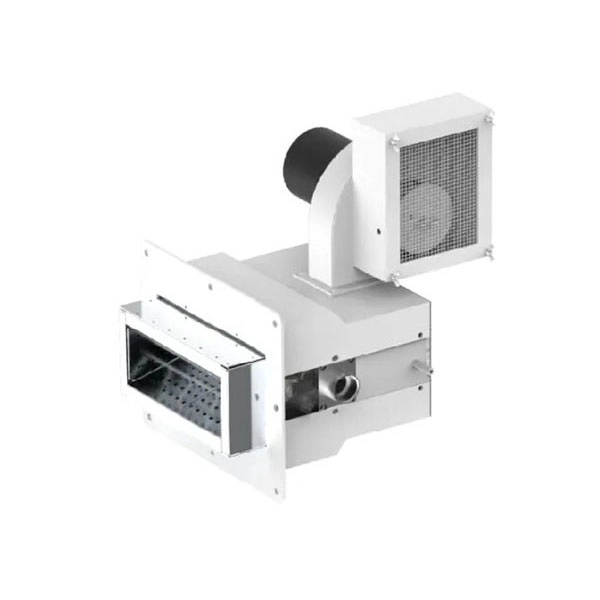
The LPP (Lean Premixed Prevaporized) low-temperature burner represents a significant advancement in combustion technology, designed to minimize harmful emissions, particularly nitrogen oxides (NOx). It's a key component in efforts to make industrial and power generation processes more environmentally friendly.
An LPP low-temperature burner, which stands for Lean, Premixed, Prevaporized, is a type of combustion technology designed to reduce harmful emissions, particularly nitrogen oxides (NOx), from burning liquid fuels. It achieves this by essentially converting liquid fuels into a gaseous substitute for natural gas, which can then be burned more cleanly.
The core working principle of an LPP system involves three main steps:
Prevaporization: Liquid fuel (such as diesel, kerosene, or even biofuels) is heated and vaporized in a separate chamber, away from the main combustion zone. This process often utilizes waste heat from the system's exhaust to improve overall efficiency. The vaporization takes place in an inert or low-oxygen environment to prevent premature ignition.
Premixing: The now-gaseous fuel is thoroughly mixed with a large volume of air before it enters the combustion chamber. This creates a homogeneous, lean fuel-air mixture.
Lean Combustion: The lean, premixed fuel-air mixture is then burned. Because the fuel is spread out in a large amount of air, the flame temperature is significantly lower than in conventional, diffusion-based combustion.
Low-Temperature Combustion and Emissions
The main benefit of the LPP process is its effect on emissions. The formation of thermal NOx is highly dependent on flame temperature. By keeping the flame temperature low through the lean mixture, the LPP burner drastically reduces the production of NOx without the need for additional water or steam injection. This results in emissions levels comparable to those of natural gas burners, even when using liquid fuels.
LPP combustion technology is highly versatile and is used in a variety of applications where low emissions and fuel flexibility are desired:
Gas Turbines: LPP systems are particularly well-suited for use with gas turbines, as they allow these machines to operate on a wide range of liquid fuels while meeting stringent emissions regulations. They provide a valuable way to increase fuel flexibility and reduce operating costs.
Boilers and Industrial Burners: The technology can be integrated into industrial boilers and other burners to enable them to use different liquid fuels cleanly.
Power Generation: LPP systems are used in power plants, including those for island power, remote locations, and combined heat and power (CHP) systems. They can also support the grid by providing on-demand power using biofuels or other alternative fuels.
Oil and Gas Operations: In the oil and gas industry, LPP burners can be used to convert waste products like flare gases and natural gas liquids (NGLs) into fuel for remote-site power generation.
Shipping: The technology is being explored for use in marine propulsion and power systems to help ships comply with stricter emissions standards.
Take every customer request seriously.

Shuxin
Electromechanical
+86 15516359168
shuxin@sxburner.com
Room 504, Building 11, Wuzhou International Industrial Expo City, Old National Highway 310, Xigong District, Luoyang City, Henan Province
+86 15516359168
shuxin@sxburner.com
Room 504, Building 11, Wuzhou International Industrial Expo City, Old National Highway 310, Xigong District, Luoyang City, Henan Province